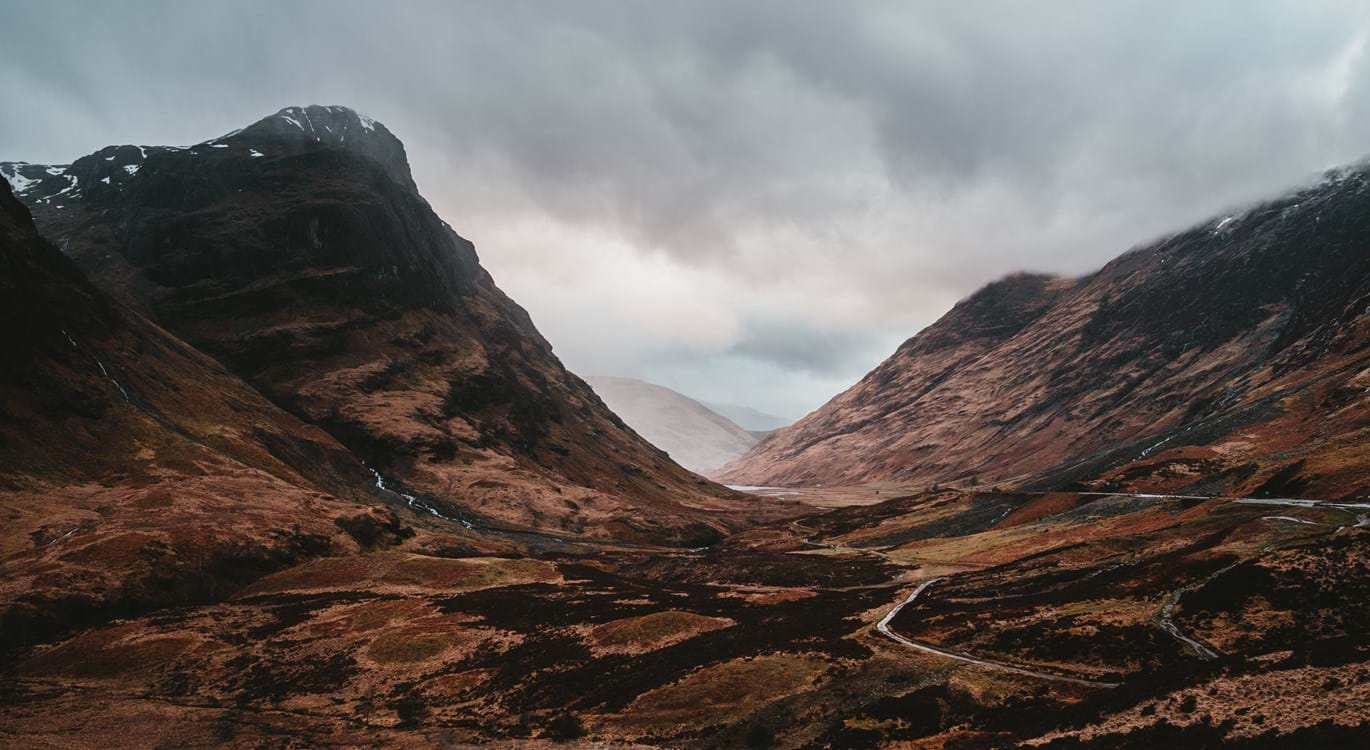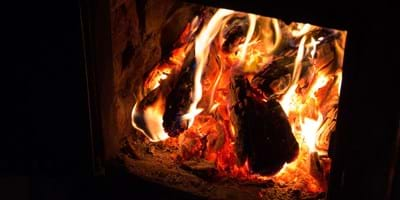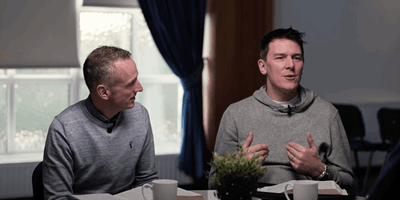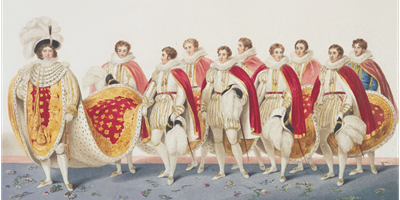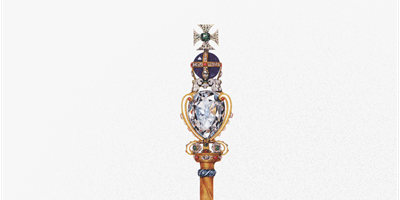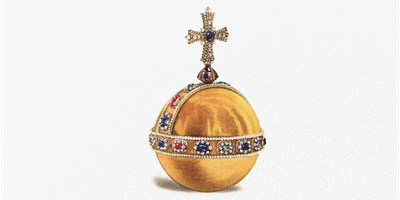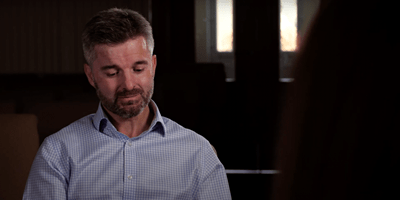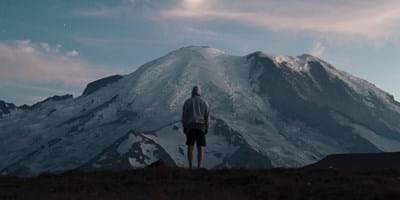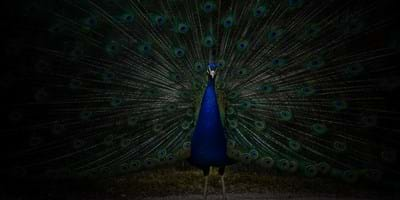According to a BBC report, the National Trust of Scotland (NTS) head of archaeology Derek Alexander, his colleagues and volunteers, have begun excavating the remains of the abandoned clachan (settlement) in Glencoe.
It was in February 1692 that the infamous treachery of the Campbells was enacted against the McDonalds, writing Glencoe into the Scottish history books. The Highland clan chiefs were to sign an oath of allegiance to King William by January 1, 1692. The clans would sign the agreement or be punished with the "utmost extremity of the law".
As the worst of winter swept through Glencoe on December 31, the Chief of the McDonalds, fearful for the safety of his clan, left for Fort William to sign the oath. From here he was turned back by Colonel John Hill, who explained that the oath had to be taken before a sheriff. This involved a 60 mile trek to Inveraray: the principle town of his enemies, the Campbells. Still the deadline could have been met, had he not been captured by Campbell soldiers serving in Argyll’s regiment. They detained him for a day, whilst he was detained for several more days in Inveraray due to the absence of the Sheriff, Sir Colin Campbell.
In Edinburgh, the Secretary of State with his legal team declined the late-delivered oath. It was Captain Robert Campbell of Glenlyon, who was instructed to carry out the final order: "to put all to the sword under seventy".
The Campbell soldiers arrived at Glencoe 12 days before the massacre, as friends, seeking shelter due to the fact that the fort was full. The MacDonalds, honouring the Highland hospitality code, duly gave the soldiers quarter in their own houses.
It was punishment for their clan chief having been late in pledging allegiance to the new monarchs William and Mary.
Dozens of MacDonalds died. Exactly how many is still disputed. So is almost everything else surrounding it: the motivation, the machinations behind it and lasting consequences.
The massacre was enshrined in Scotland's history books by Sir Walter Scott's 1811 poem entitled 'On the Massacre of Glencoe'. It remains a well known story in Scotland and to this day the old Clachaig Inn at Glencoe carries the sign on its door, 'No Campbells'.
I have heard this story told on several occasions as a Gospel illustration and warning. It is a cautionary tale about the severe consequences of missing a deadline. As the NTS scratch away the earth that covers the ancient scene of treachery, take heed to the simple lesson. If something has terrible consequences, make it a matter of urgency. There is no greater issue, with more serious consequences, than the Gospel of Jesus Christ. 'He who believes in the Son has everlasting life; and he who does not believe the Son shall not see life, but the wrath of God abides on him' (John 3:36).


